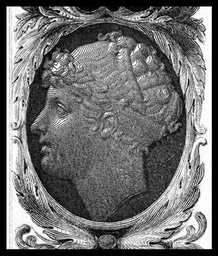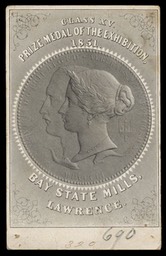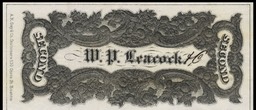Anaglyptography has been defined as “the art of copying works in relief, or of engraving as to give the subject an embossed or raised appearance; — used in representing coins, bas-reliefs, etc.” In point of fact, the process has also been used for portraits, frames, and other dimensional objects.
Anaglyptography is a pantographic process. As a tracing arm moves over an original dimensional item (coin, bas-relief portrait, plaster model of a medal or a frame, even a sculpture), linkage to a graver reproduces the contours of the original as a continuous-line engraving. Vertical differences in the original are translated into horizontal differences (contours) in the engraving. The engraved reproduction plate is similar to a contour map, and when inked gives the strong illusion that the object is embossed. In his 1972 book, Design in Miniature, Watson-Guptill, NY, page 91, David Gentleman shows an original relief cartouche and the anaglyptographic engraving made from it.
French engineer Achille Collas (b.1795, d.1859) invented the technique in 1836 and patented it. At the time, the process was used primarily to reproduce sculptures, rather than flat printing plates. Copies of sculptures were highly in vogue at the time. Rodin’s studio used the Collas Machine (also known as the Collas Process) to turn out copies of many of his sculptures.
Some books which included framed portraits created by the Collas Process include The Authors of England by Henry F. Chorley, 1838 ( HERE is a copy of the 1861 second edition, which one can page through, either to read or to view the Collas-engraved plates ). A 1992 Bird & Bull Press limited edition book entitled The Art of Medal Engraving by Elizabeth M. Harris, available from Oak Knoll, contains an original leaf from Collas’ Tresor de Numismatique, which reproduces ancient coins. The 1845 book Precis Chronologique de L’Histoire de France by T. Toussenel contains engravings of coins done by the Collas process. Anaglyptography, Medallion Engraving for Book Illustration by William John Stannard, The Plough Press, 1967 also contains a specimen leaf.
During the second half of the 19th century, anaglyptography was used primarily on banknotes, reproduction of coins and medals, bills of exchange and on some revenue and postal stamps.

Business card (see below)
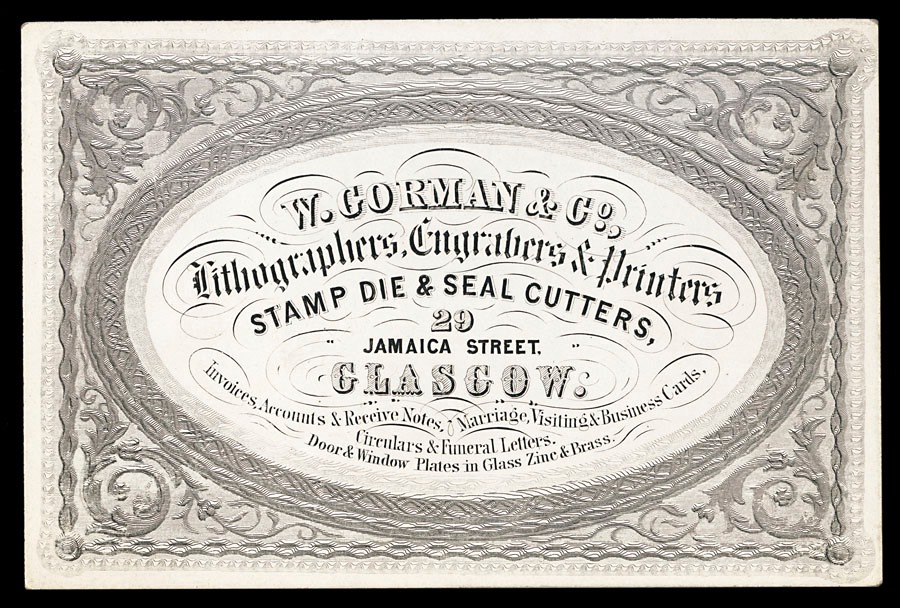
Business card on glazed coated stock
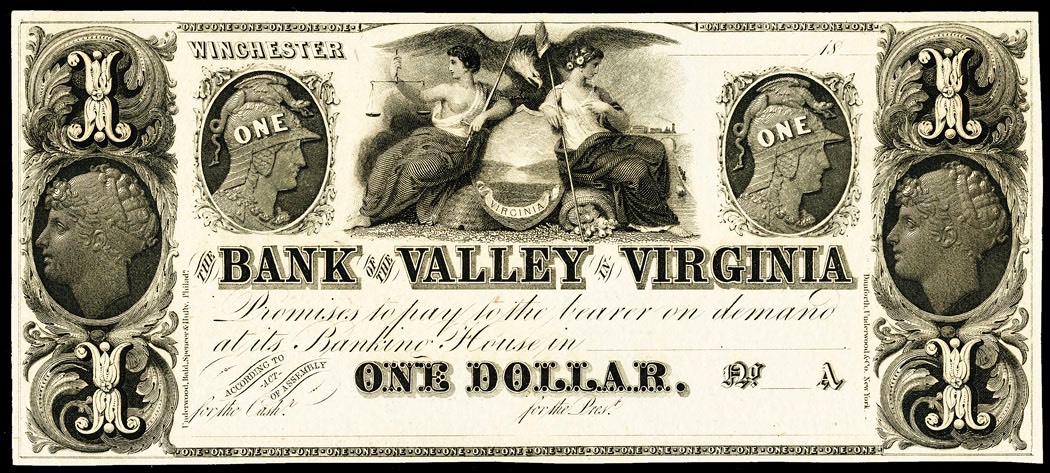
This banknote contains examples of anaglyptography (see below)

( Sheaff collection )

( Sheaff collection)
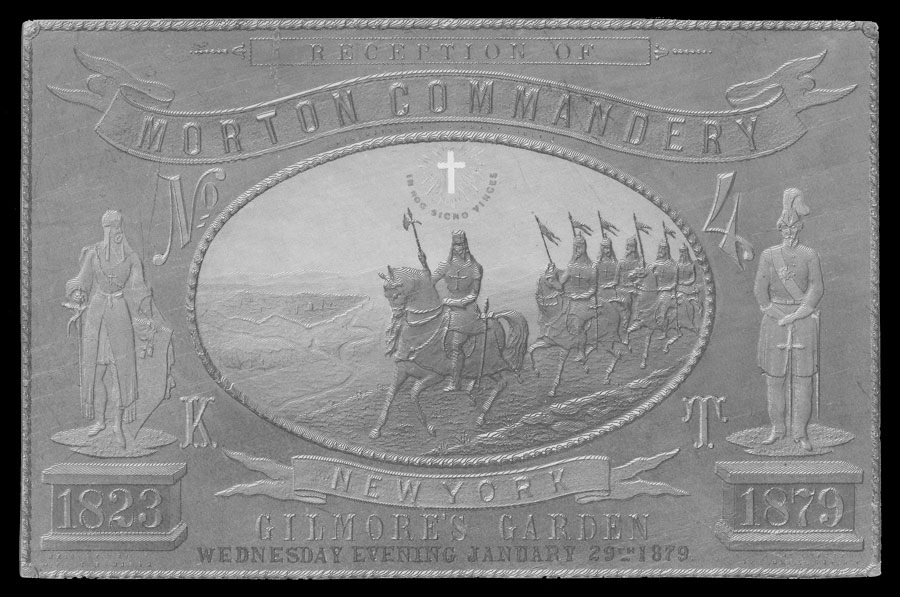

(detail)
(Sheaff collection)
Clicking on a thumbnail image opens a larger image . . .


